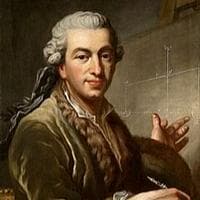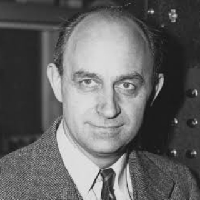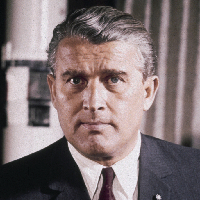Pierre-Simon Laplace mbti kişilik türü
Kişilik
"Pierre-Simon Laplace hangi kişilik türü? Pierre-Simon Laplace, MBTI, 5w6 - sp/so - 593 'de ENTJ kişilik türüdür, RCOEI, RCOEI, büyük 5, ILI' dır."
• Laplace: "We ought to regard the present state of the universe as the effect of its antecedent state and as the cause of the state that is to follow. An intelligence knowing all the forces acting in nature at a given instant, as well as the momentary positions of all things in the universe, would be able to comprehend in one single formula the motions of the largest bodies as well as the lightest atoms in the world, provided that its intellect were sufficiently powerful to subject all data to analysis; to it nothing would be uncertain, the future as well as the past would be present to its eyes. The perfection that the human mind has been able to give to astronomy affords but a feeble outline of such an intelligence." >>> (To me, this seems like Te with an Ni/Se axis. Ni seeks to cognize the world through a singular perspective that synthesizes several 'strands' of psychic material, while Se seeks to cognize the world through a singular perspective that seizes upon the immediate and manifest qualities of whatever is being perceived. Both are evident here. Te organizes and evaluates based on the self-evident and measurable properties of objects, such as data, and dominant Te types are as expansive as possible regarding the amount of data that is admitted into an analysis.) • Kathryn Schulz: "Unlike earlier thinkers, who had sought to improve their accuracy by getting rid of error, Laplace realized that you should try to get more error: aggregate enough flawed data, and you get a glimpse of the truth. 'The genius of statistics, as Laplace defined it, was that it did not ignore errors; it quantified them,' the writer Louis Menand observed. '…The right answer is, in a sense, a function of the mistakes.' " >>> (This is further evidence that Laplace preferred Te to Ti. Ti does the opposite of what is being described here. It has a tendency to exclude outliers and flaws for the sake of elegance. Te is much more comfortable with messiness, as long as the job gets done, and it also has a tendency to aggregate and multiply information.) • Augustus de Morgan, comparing Laplace's style with that of Lagrange and Euler: "The genius of Laplace was a perfect sledge hammer in bursting purely mathematical obstacles; but, like that useful instrument, it gave neither finish nor beauty to the results. In truth, in truism if the reader please, Laplace was neither Lagrange nor Euler, as every student is made to feel. The second is power and symmetry, the third power and simplicity; the first is power without either symmetry or simplicity. But, nevertheless, Laplace never attempted investigation of a subject without leaving upon it the marks of difficulties conquered: sometimes clumsily, sometimes indirectly, always without minuteness of design or arrangement of detail; but still, his end is obtained and the difficulty is conquered." >>> (This interest in expediency, above all else, resembles Te-Se.) • Laplace: "Essentially, the theory of probability is nothing but good common sense reduced to mathematics. It provides an exact appreciation of what sound minds feel with a kind of instinct, frequently without being able to account for it." >>> (This quote seems to allude to Ni, which tends to 'just know' things without being able to articulate them properly.) • Eric Bell: "The mathematical exposition is extremely concise and occasionally awkward. Laplace was interested in results, not in how he got them. To avoid condensing a complicated mathematical argument to a brief, intelligible form he frequently omits everything but the conclusion, with the optimistic remark 'Il est aisé à voir' (It is easy to see). He himself would often be unable to restore the reasoning by which he had 'seen' these easy things without hours – sometimes days – of hard labor." >>> (More Te, with evidence that Laplace did not have Ne. Ne would, in fact, try to trace all the connections between the problem and the solution, if only to preserve Laplace's own understanding.)
Biyografi
Pierre-Simon, marquis de Laplace (French: [pjɛʁ simɔ̃ laplas]; 23 March 1749 – 5 March 1827) was a French scholar and polymath whose work was important to the development of engineering, mathematics, statistics, physics, astronomy, and philosophy. He summarized and extended the work of his predecessors in his five-volume Mécanique Céleste (Celestial Mechanics) (1799–1825). This work translated the geometric study of classical mechanics to one based on calculus, opening up a broader range of problems.
Kişilik correlate
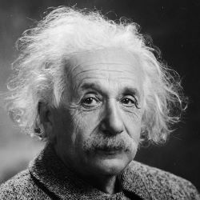
Albert Einstein

Isaac Newton
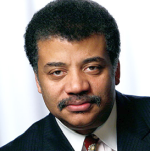
Neil deGrasse Tyson
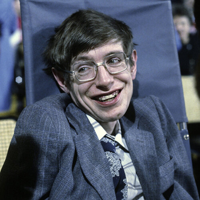
Stephen Hawking

J. Robert Oppenheimer

Richard Feynman
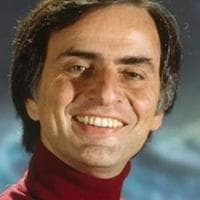
Carl Sagan

Werner Heisenberg
